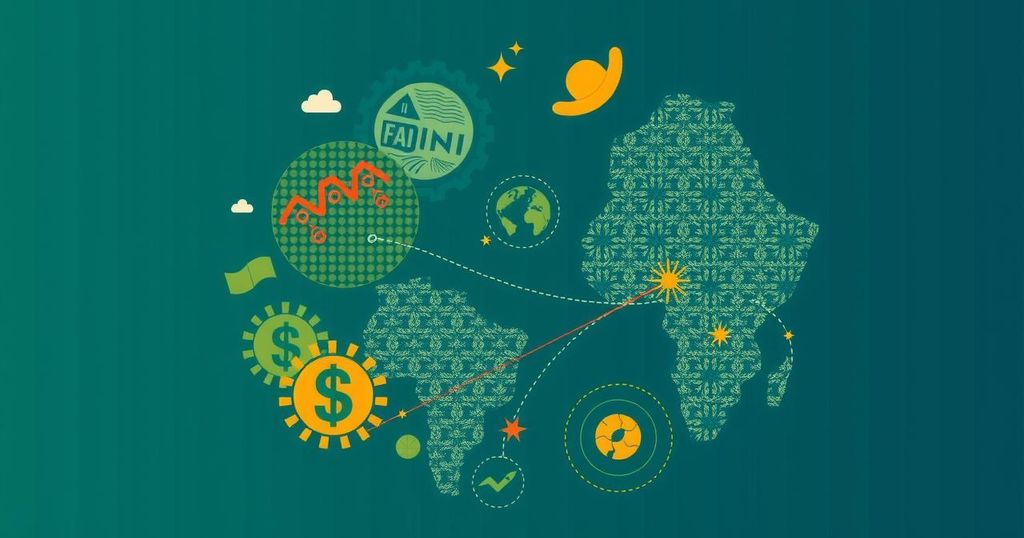The article discusses the insufficient funding for climate responses that emphasize health and gender equality, particularly the neglect of sexual and reproductive health services critical for women. It summarizes insights from a policy brief published by the Wilson Center that examines the links between climate finance, gender equity, and SRH services, citing case studies that demonstrate the important role of SRH services in enhancing resilience against climate impacts on women and communities. It highlights the growing awareness yet persistent gaps in funding dedicated to SRH initiatives within climate adaptation portfolios.
In the face of a warming climate, communities worldwide are experiencing unprecedented challenges, particularly in relation to health and gender equity. The effects of climate change on public health and on women and girls are extensively documented. Unfortunately, funding directed towards climate response initiatives that emphasize health or gender considerations remains dismally insufficient. When climate finance does allocate resources to enhance health services, sexual and reproductive health (SRH) services—crucial for empowering women’s roles in society—are predominantly overlooked. A recent policy brief titled “Pioneering Solutions: Climate Finance, Gender Equity, and Sexual and Reproductive Health Services,” published by the Wilson Center’s Environmental Change and Security Program and Maternal Health Initiative, delves into the intricate connections among climate finance, gender equality, and sexual and reproductive health. It further delineates the opportunities for integrating SRH services within climate financing mechanisms. Women and girls disproportionately suffer from the adverse effects of climate change on their health, safety, and economic welfare. For example, women and girls are primarily responsible for collecting water—accounting for up to 80% of the water supply in households lacking direct access to clean water. Furthermore, women represent approximately 43% of the agricultural labor force in developing nations, a figure that rises to 80% in certain African countries. Extreme weather events, such as floods, storms, and wildfires, can devastate health infrastructure, rendering maternal and reproductive health services inaccessible to women. Typhoon Haiyan severely restricted access to antenatal care in the Philippines, while floods in Bangladesh curtailed contraceptive availability. The recent floods in Pakistan led to record poor maternal health outcomes, and a 2024 global study published in Nature highlighted correlations between flood exposure and pregnancy loss. Evidence substantiates that the provision of SRH services can enhance climate change resilience among women, their families, and communities. Take, for instance, the Tuungane Project in western Tanzania: since its inception in 2012, the initiative has responded to over 150,000 requests for reproductive health services while successfully reducing maternal and neonatal deaths by improving health clinic standards. A 2018 study associated access to family planning and maternal healthcare with substantial improvements in various elements of climate resilience. Despite these compelling insights, major climate adaptation funds have yet to incorporate SRH-specific programming. While awareness of the intersections between climate, gender, and health is on the rise—evidenced by the incorporation of SRH aspects in 60 percent of National Adaptation Plans—the transition from awareness to active integration of SRH services into major adaptation financing projects remains limited. Future climate funding initiatives stand to gain significantly from aligning efforts between gender equity, sexual and reproductive health services, and climate resilience.
The article addresses the critical intersection of climate change, gender equity, and sexual and reproductive health services, emphasizing the challenges that women and girls face in a warming world. It highlights that despite growing evidence linking these areas, funding remains sparse, ultimately impacting health outcomes and resilience in the face of climate adversities. By identifying gaps in climate financing and advocating for the inclusion of SRH services, the article aims to enhance understanding and support for equitable climate adaptation strategies.
In conclusion, there is a pressing need to recognize and address the connections between gender equity, sexual and reproductive health services, and climate resilience. Despite growing awareness, major climate adaptation funds currently overlook SRH-specific initiatives. By integrating these vital services into climate financing, we can improve public health outcomes and empower women and girls to confront the challenges of climate change more effectively.
Original Source: www.newsecuritybeat.org






